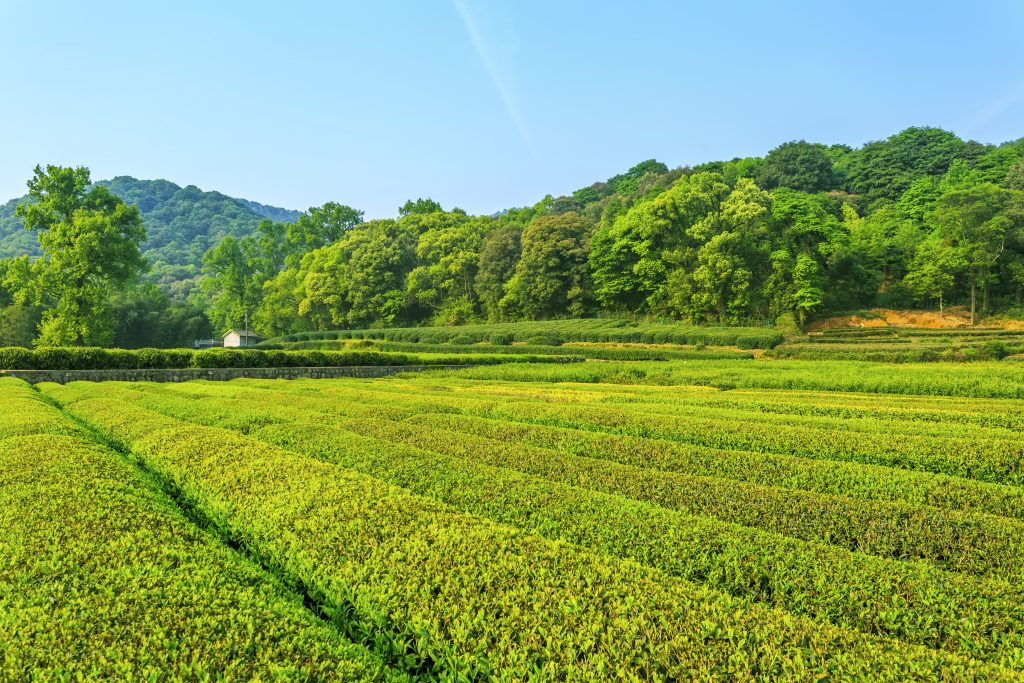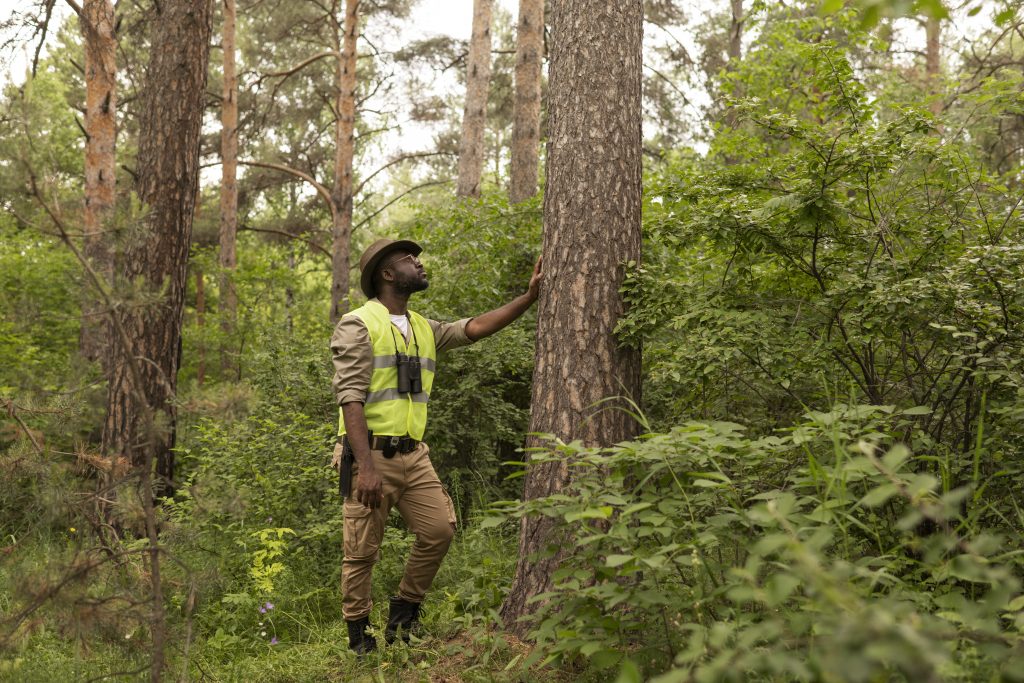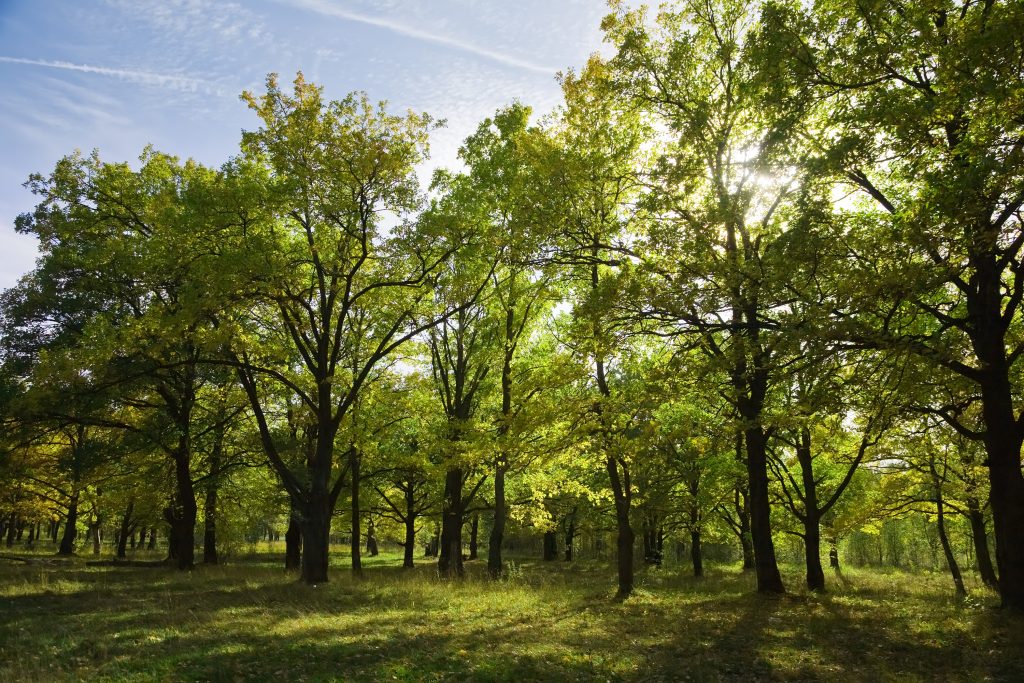ENCOURAGING TREE DIVERSITY FOR A HEALTHIER ECOSYSTEM
ENCOURAGING TREE DIVERSITY FOR A HEALTHIER ECOSYSTEM
Tree diversity plays a crucial role in maintaining the health and functionality of ecosystems. Here are several key reasons why tree diversity is important:

- Ecosystem Resilience: A diverse range of tree species in an ecosystem increases its resilience to disturbances such as diseases, pests, climate change, and natural disasters. If one species is affected by a particular threat, other species can continue to thrive, preventing the collapse of the entire ecosystem.
- Pest and Disease Management: Monocultures, where only one species dominates an area, are more susceptible to pest and disease outbreaks. In a diverse ecosystem, pests and diseases are less likely to spread rapidly, as they may only affect certain species while leaving others untouched.
- Nutrient Cycling and Soil Health: Different tree species have varying nutrient requirements and root structures. A diverse range of trees can improve soil health by enhancing nutrient cycling, preventing soil erosion, and reducing nutrient depletion. This, in turn, supports the growth of a wider variety of plants and microorganisms.
- Biodiversity Conservation: Trees provide habitat and food sources for various species, including insects, birds, mammals, and fungi. A diverse array of trees can sustain a greater number of species, contributing to overall biodiversity conservation.
- Ecosystem Services: Trees offer a multitude of ecosystem services, such as carbon sequestration, air and water purification, pollination support, and climate regulation. Different tree species perform these services in distinct ways, and a diverse mix enhances the overall capacity of an ecosystem to provide these benefits.
- Climate Change Mitigation: Trees capture carbon dioxide from the atmosphere through photosynthesis and store it in their biomass. Different tree species have varying capacities for carbon sequestration. A diverse forest can sequester more carbon and contribute to mitigating the effects of climate change.
- Genetic Diversity: Each tree species possesses a unique genetic makeup that may hold valuable traits, such as resistance to diseases, adaptations to changing climate conditions, or tolerance to specific soil types. Maintaining a diverse gene pool is essential for future adaptation and evolutionary processes.
- Cultural and Aesthetic Value: Trees have cultural significance in many societies and contribute to the aesthetics and recreational value of landscapes. A diverse range of tree species can create visually pleasing and emotionally enriching environments.
- Economic Benefits: Tree diversity can provide economic benefits through various means, including timber production, non-timber forest products, tourism, and recreational activities. A diverse ecosystem can generate multiple income streams and support local economies.
- Research and Learning: Diverse ecosystems offer opportunities for scientific research, education, and learning about ecological interactions, species behaviors, and the functions of different trees in the ecosystem.
In summary, tree diversity is a foundation for ecosystem health and resilience. It ensures that ecosystems can withstand disturbances, provide essential services, support biodiversity, and adapt to changing environmental conditions. Promoting and maintaining tree diversity is crucial for the long-term sustainability of both natural and human-influenced landscapes.
Benefits Of A Healthier Ecosystem
A healthier ecosystem brings forth a multitude of benefits that are crucial for the well-being of both the environment and human society. Here are some of the key benefits of a healthier ecosystem:

- Biodiversity Conservation: Healthy ecosystems support a rich variety of plant, animal, and microbial species. This biodiversity contributes to genetic diversity, which is essential for the resilience and adaptability of species in the face of environmental changes.
- Ecosystem Services: Ecosystems provide a wide range of services that directly and indirectly support human well-being. These include provisioning services (e.g., food, water, timber), regulating services (e.g., climate regulation, water purification), supporting services (e.g., nutrient cycling, soil formation), and cultural services (e.g., recreational opportunities, cultural values).
- Climate Regulation: Healthy ecosystems play a critical role in regulating climate patterns. Forests, wetlands, and oceans absorb and store carbon dioxide, helping to mitigate the impacts of climate change. They also influence local weather patterns and temperature regulation.
- Water Management: Ecosystems such as wetlands, forests, and grasslands act as natural water filtration systems, purifying water and regulating its flow. This helps prevent floods, erosion, and water pollution while ensuring a steady supply of clean water for both humans and wildlife.
- Pollination and Agriculture: Many ecosystems support pollinators like bees and butterflies that are essential for the reproduction of flowering plants, including many food crops. Healthy ecosystems with diverse plant species ensure a stable pollination network, benefiting agriculture and food security.
- Disease Regulation: Healthy ecosystems can naturally regulate disease vectors, such as mosquitoes and ticks. Certain species within these ecosystems act as predators or hosts that help control disease transmission.
- Resilience to Disturbances: Ecosystems with high biodiversity and functional complexity are better equipped to handle disturbances such as natural disasters, disease outbreaks, and climate shifts. They can recover more quickly and maintain their ecological functions.
- Recreational and Cultural Value: Healthy ecosystems provide spaces for recreational activities, relaxation, and cultural experiences. Nature has aesthetic and spiritual value, contributing to mental and emotional well-being.
- Sustainable Resource Use: Healthy ecosystems offer renewable resources that can be harvested sustainably. Proper management ensures that these resources can be utilized by current and future generations without depleting the ecosystem’s capacity to regenerate.
- Economic Benefits: Ecosystem services have significant economic value. For example, ecotourism, fisheries, and forestry industries depend on healthy ecosystems for their livelihoods. Healthy ecosystems also reduce the costs associated with environmental degradation, such as flood damage or water treatment.
- Educational and Scientific Opportunities: Healthy ecosystems provide valuable settings for scientific research and education, allowing us to learn about ecological processes, species interactions, and the effects of human activities on the environment.
A healthier ecosystem is not only essential for the survival of countless species but also directly impacts human well-being. It provides numerous services and benefits that support our economies, societies, and quality of life. Conserving and restoring ecosystem health is a vital responsibility for ensuring a sustainable and prosperous future.
Strategies For Encouraging Tree Diversity
Encouraging tree diversity requires a combination of planning, management, and community involvement. Here are several effective strategies to promote and sustain tree diversity in ecosystems:

- Reforestation and Afforestation:
- Native Species Selection: Choose native tree species that are well-suited to the local climate, soil conditions, and ecosystem dynamics.
- Mixed-Species Planting: Create diverse plant communities by planting multiple species together. This mimics natural ecosystems and enhances ecological resilience.
- Creating Corridors: Establish corridors of diverse vegetation that connect fragmented habitats, allowing for the movement of species and genetic material.
- Invasive Species Management:
- Identification and Removal: Identify invasive tree species and prioritize their removal to prevent them from outcompeting native species.
- Prevention and Monitoring: Regularly monitor for invasive species and implement measures to prevent their introduction or spread.
- Promotion of Native Species: Focus on cultivating and supporting native tree species that are well adapted to the ecosystem, helping them outcompete invasives.
- Education and Awareness:
- Public Outreach: Raise awareness about the importance of tree diversity through educational campaigns, workshops, seminars, and community events.
- Stakeholder Engagement: Involve local communities, schools, businesses, and governments in tree planting and conservation efforts.
- Sustainable Land Management:
- Agroforestry Practices: Integrate trees into agricultural systems, enhancing biodiversity while providing benefits such as shade, windbreaks, and improved soil fertility.
- Urban Planning: Incorporate diverse tree planting into urban landscapes, including parks, gardens, and streets, to improve urban biodiversity and residents’ quality of life.
- Conservation of Natural Habitats: Protect and restore natural habitats, ensuring that intact ecosystems provide a foundation for diverse tree communities.
- Policy and Regulation:
- Protected Areas: Designate and manage protected areas that preserve diverse tree ecosystems and their associated biodiversity.
- Exotic Species Restrictions: Implement regulations on the introduction and cultivation of exotic tree species that may become invasive or threaten native diversity.
- Incentives: Provide incentives to landowners and communities for promoting tree diversity, such as tax breaks, grants, or subsidies.
- Genetic Conservation and Seed Banks:
- Collecting Seeds: Establish seed collection initiatives to preserve genetic diversity of native tree species.
- Seed Banks: Store seeds in seed banks for long-term conservation and potential future reforestation efforts.
- Research and Monitoring:
- Ecological Research: Conduct studies on tree species interactions, ecosystem dynamics, and the impacts of tree diversity on overall ecosystem health.
- Long-Term Monitoring: Implement monitoring programs to assess the success of tree diversity initiatives and adapt strategies based on real-world outcomes.
- Collaborative Partnerships:
- Government Agencies: Collaborate with government bodies responsible for forestry, environment, and land management to implement effective policies.
- NGOs and Conservation Organizations: Partner with non-governmental organizations and conservation groups to leverage resources and expertise for tree diversity initiatives.
By employing these strategies in a coordinated and adaptive manner, it’s possible to encourage and maintain tree diversity, fostering healthier and more resilient ecosystems for the benefit of both nature and society.



